In today’s technological landscape, automation has become one of the most discussed topics. However, it is often perceived as a threat to IT professionals, with the fear that machines may replace human expertise. In reality, when implemented correctly, automation does not eliminate the IT department’s role — it enhances it.
The real goal is to make work more efficient, reducing repetitive tasks and allowing technicians to focus on strategic, high-value activities.
Automation as Support, Not Replacement
Many companies struggle to understand that automation is not an enemy of human work, but a partner. Thanks to IT Automation and Intelligent Monitoring tools, a wide range of daily operations can be handled automatically, such as:
- system updates and security patching;
- server and network performance monitoring;
- scheduled backups and restores;
- management of standardized support requests.
In this way, IT specialists are not replaced but freed from manual and repetitive tasks, allowing them to focus on continuous improvement, innovation, and security.
Tangible Benefits for Businesses
Adopting IT automation delivers immediate and measurable benefits across the organization:
- Faster response times – Automated processes can detect and fix anomalies in real time, often before users even notice them.
- Reduced human error – Standardized operations ensure consistent and reliable execution.
- Higher productivity for IT teams – Professionals can dedicate time to strategic goals like infrastructure planning and cybersecurity.
- Cost optimization – Automating workflows helps reduce wasted time and resources.
In short, automation transforms the IT department from a cost center into a true value generator for the company.
Practical Examples of IT Automation
Today, there are many practical applications of automation that can lighten the daily workload:
- Automated scripts for simultaneous software installations across multiple devices;
- Support chatbots to handle basic user requests before involving a technician;
- Predictive monitoring systems that detect potential hardware failures or network overloads;
- Security process automation, such as automatic policy enforcement or quarantine of suspicious files.
These technologies not only increase efficiency but also improve the user experience, providing faster and more consistent support.
The Importance of a Human Approach to Automation
Despite its benefits, automation still requires constant human oversight. Systems must be configured, updated, and adapted to meet evolving business needs.
Furthermore, the experience and intuition of IT professionals remain crucial for interpreting data, making complex decisions, and handling exceptions.
In other words, automation does not replace people — it empowers them. It acts as a capacity multiplier, not a substitute.
Conclusion
Automation is one of the most powerful levers for modernizing the IT department, but its success depends on balancing technology with human expertise.
Companies that integrate automated tools while keeping human intelligence at the center will achieve a more agile, efficient, and strategic IT structure, ready to face future challenges with speed and intelligence.







